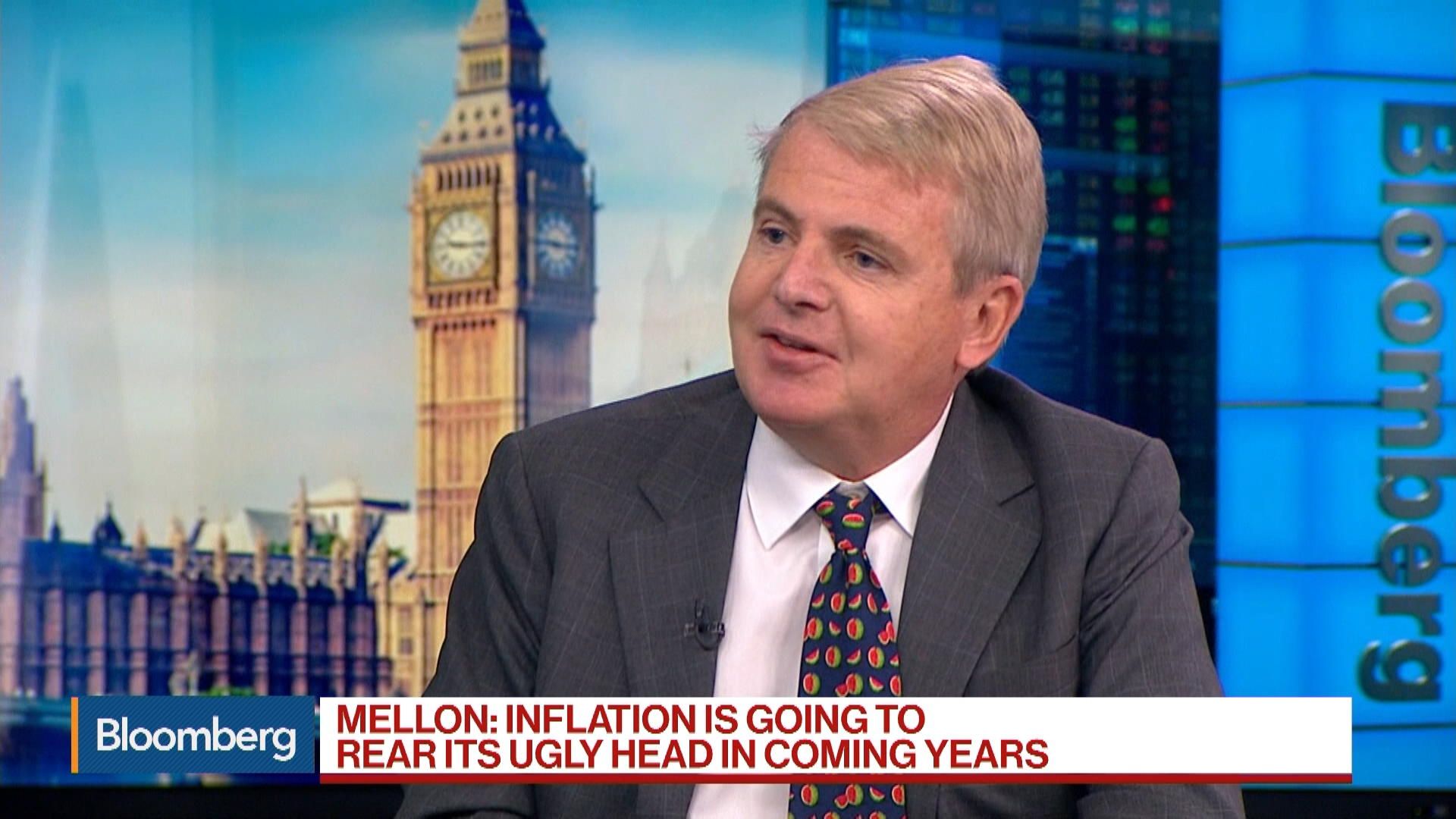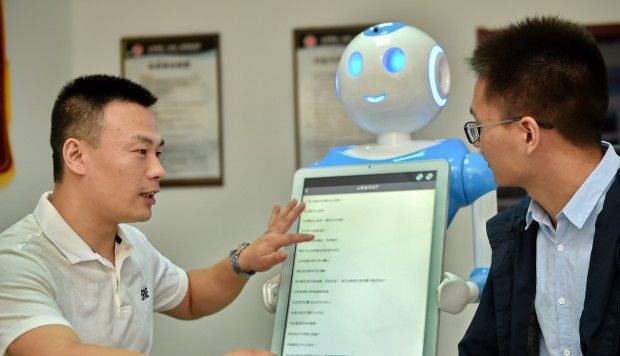AI machines injected into our bodies could give us superhuman strength and let us control gadgets using the power of THOUGHT within 20 years…
Humans could be ‘melded’ to machines, giving us huge advancements in brain power, experts told peers at the House of Lords Artificial Intelligence Committee (pictured, stock)
Growing the Artificial Intelligence Industry in the UK, an independent review of artificial intelligence recommended information about people’s health and lifestyles should be opened up to allow major advances to be made in developing artificial intelligence (AI).
It calls for the Alan Turing Institute, named in honour of the wartime codebreaker, to become a national centre for AI and said the Government should expand its support for businesses in the field.






